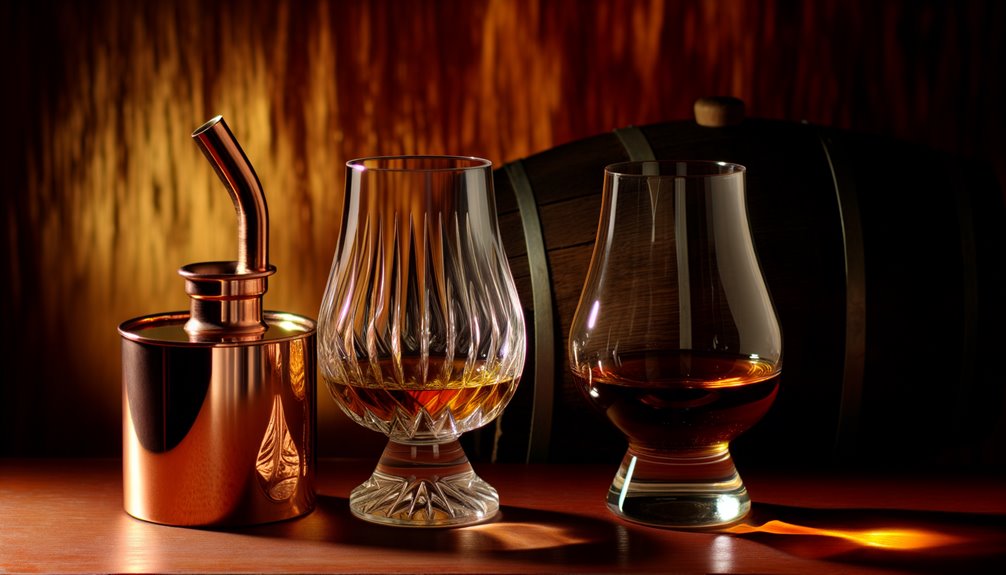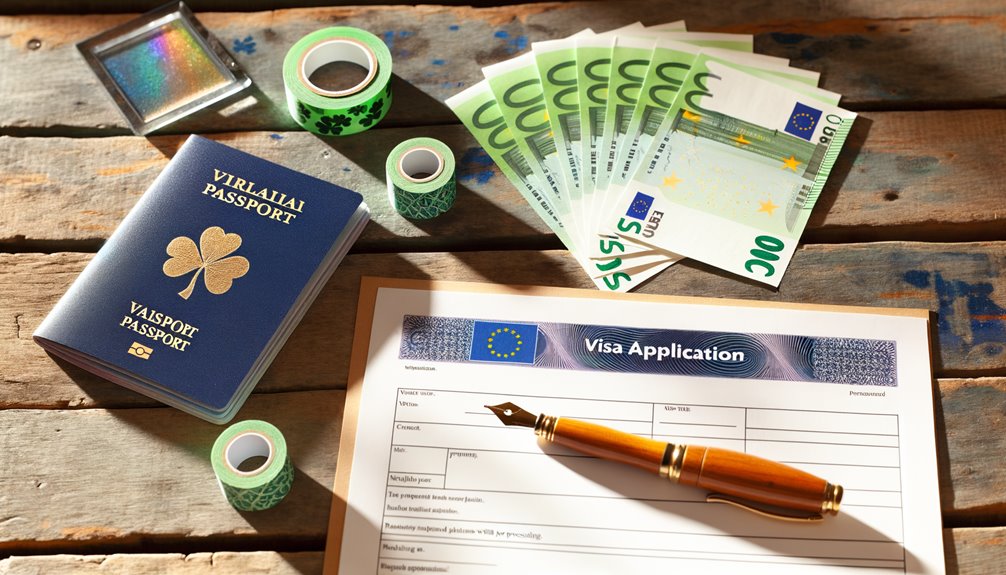Sometimes the best days are the ones you don’t plan. After a long medical appointment in Dublin, I found myself on the DART heading south with nothing but time and an open mind. Before I knew it, I’d ended up in Bray and I’m so glad I did.
It was a beautiful day. The kind of day that makes you grateful to be alive and wandering. I walked along the promenade, looked up at the cross on the mountain, and thought about all the times I’d walked this coastal path. Something about Bray just pulls you in.

While exploring the town, I stumbled into a charming little bookshop and struck up a conversation with the folks running it. They were so welcoming that I asked if I could come back and do a proper interview. They happily agreed. So I crossed the street for some breakfast, came back to chat with them properly, and captured what turned into a wonderful snapshot of what makes Bray special.

Why Bray? A Brief History
One of the first things I learned is that Bray is really two towns in one. There’s Little Bray on the other side of the river the original medieval settlement that was part of the Pale, protecting Dublin City from raids coming up from the south. That’s the working-class heart of the town.
Then there’s Big Bray, the Victorian seaside resort that grew up on this side. When the railways were built from Dublin, wealthy Dubliners discovered they could escape the city for the summer. They built grand Victorian hotels the International Hotel, the Marine Hotel and Bray became the place to be. You can still see those beautiful Victorian houses dotting the town, remnants of that golden age when Bray was Dublin’s favorite getaway.
Where to Start: The Seafront Promenade
If you’re visiting Bray for the first time, head straight to the seafront promenade. It’s a Victorian gem stretching about a mile along the coastline. Yes, some of the original structures have been replaced with modern buildings that’s progress, I suppose but it’s still a gorgeous walk beside the sea.
The promenade is lined with pubs, bars, and restaurants, so you can make an afternoon of it. Bring comfortable shoes and take your time. The views are worth lingering for, and there’s something magical about walking where Dubliners have been walking for over a hundred years.
Where to Eat
I had a full Irish breakfast (Uncle Pan Cafe) across from the bookshop, and it was exactly what I needed after my early start. The staff were friendly, and the food was proper and filling no skipping the beans if you don’t want them.

For lunch, there are plenty of cafes along the Main Street. There’s the Gourmet Cafe and several other spots that are perfect for a casual bite. The Main Street itself is worth exploring it’s the Victorian heart of the town, and you’ll find character in every corner.
For dinner, Bray has some wonderful ethnic restaurants. There’s excellent Italian, several very good Indian restaurants, and some decent Chinese options. The standout for many locals is Data Tandoori down on the seafront a Pakistani restaurant that’s genuinely excellent. It’s a bit funny to say, but Bray is actually lacking a proper Irish restaurant serving traditional Irish food. If you want that, you’d have to head into town or somewhere else. But the international dining scene is really quite good.
Where to Drink
For a proper pub experience, I’d recommend the Conversation Club it’s just a few doors down from the main drag. What makes it special is that it’s actually comfortable. You can hear people talking. There aren’t television screens blaring or loud music drowning everyone out. It’s a real, proper Irish pub where conversation is still valued.
There are other nice pubs scattered around, particularly down on the seafront. Some of the spots there are pleasant enough, though they tend to have more of the modern pub atmosphere. But if you want the real thing a place where locals gather and chat the Conversation Club is your spot.
The Victorian Houses and the Town’s Soul
Walking through Bray, you can’t help but notice the beautiful old houses. They tell the story of who lived here and when. The original town on the other side of the river has its own character working class, practical, rooted in medieval times. But this side of Bray? It’s all Victorian ambition and Dublin money. The houses, the hotels, the whole seafront it all speaks to that era when the railway made escape from the city possible, and the wealthy took full advantage.
A Note on the Coastal Path

If you’re planning to walk the famous Bray-Greystones coastal path, it’s worth knowing that the full seven-kilometer route is currently closed due to erosion and landslides. The cliffs are unstable, and safety has to come first. You can still access about 1.5 kilometers from Bray’s end or from Greystones before hitting barriers, which makes for a nice hour-and-a-half walk with sea views. The Bray Head Loop is also a beautiful alternative if you’re looking for dramatic coastal scenery without venturing onto the unstable sections. It’s a challenging 9km route that requires good walking shoes, but it’s well worth the effort.
Final Thoughts
What struck me most about Bray isn’t just the beautiful Victorian architecture or the seaside views though those are lovely. It’s the sense that this is a real place where real people live. The bookshop owners, the cafe staff, the pub regulars they all seemed genuinely glad to share their town. There’s a warmth here that doesn’t feel manufactured or tourist-focused. Bray is just itself: a Victorian seaside town that’s been welcoming visitors for over a hundred years, and still knows how to make you feel at home.
If you find yourself on a beautiful day with time to spare, do what I did. Jump on the DART and head south. Wander the promenade, explore the Victorian streets, chat with locals, and let yourself discover what makes Bray special. I have a feeling you’ll be back.
Special thanks to the wonderful folks at the bookshop in Bray who took the time to chat and share their local knowledge. If you’re ever in Bray, do pop in—they’re the heart of the town.








